Soft Sourdough Dinner Rolls Recipe – Pull Apart
Here is a recipe for soft and fluffy sourdough dinner rolls. They’re so easy to make without a mixer!
These are the fluffiest sourdough dinner rolls and they are super easy to make! There is a range of timings you can choose to make them in so it fits within your schedule!
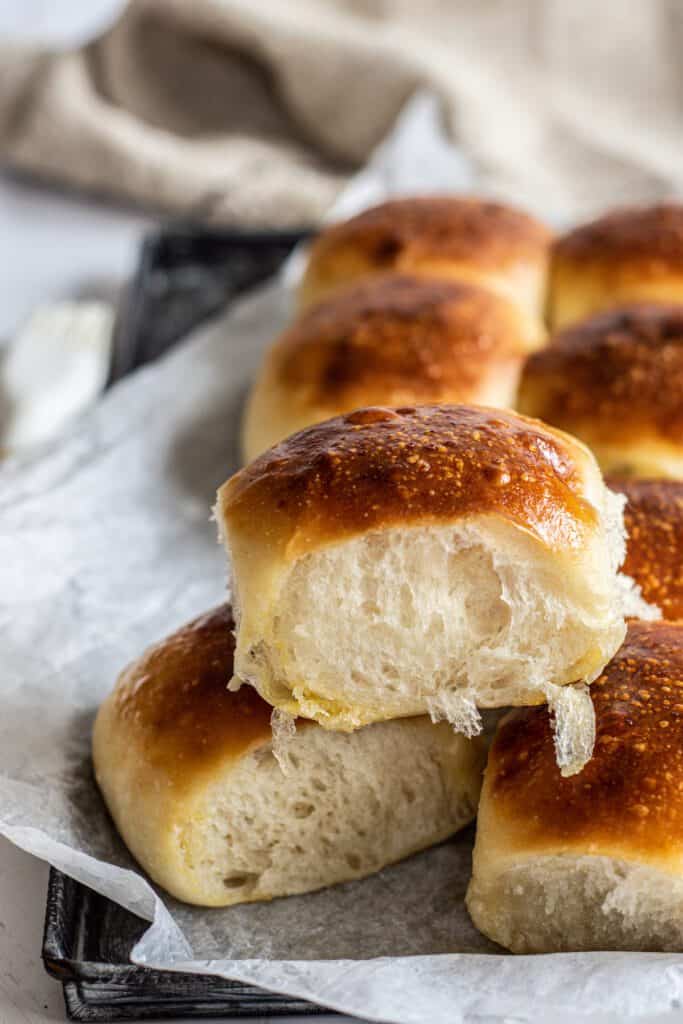
Sourdough dinner rolls
It’s time for another addition to my sourdough recipes archives! Sourdough bread rolls had been on the to-do list for a while. They’re so soft and fluffy and baked together so they can be pulled apart in that oh-so-satisfying way.
The bread dough is one that’s pretty easy to handle so it can be made by hand or in a mixer. The homemade sourdough rolls can be made in one day (not including feeding your starter the night before), or over a period of two days.
Looking for hamburger buns instead? Try these sourdough burger buns!
The sourdough starter
This recipe calls for 120 grams of active starter, at 100% hydration. As with most of my sourdough recipes, it needs to be a starter that is active and ready, and low in acid.
It is easy to keep the acid content low in a starter if you refresh your starter regularly and use a small amount of seed starter each time you feed it.
My preferred feeding ratio is 1:2:2, which is 1 part seed starter, 2 parts flour, and 2 parts water. Measured in weight. At a room temperature around 21°C/71°F or warmer, this should double, if not triple easily within 6 hours.
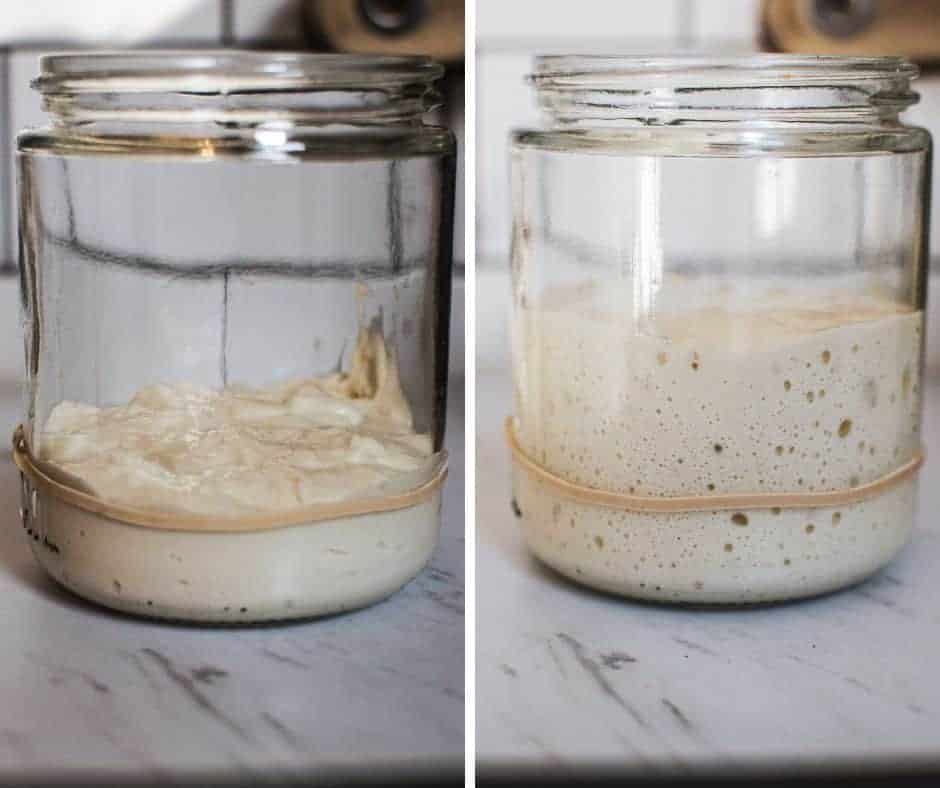
Same day dinner rolls
If you want to make the sourdough rolls all in one day (not including the starter feeding), the starter will be fed the night before. In this case, it’ll be fed at a 1:3:3 or 1:4:4 ratio since it will be rising overnight.
If your kitchen is reasonably warm overnight (anything above 15°C/59°F), feed it 1:4:4 so the starter doesn’t rise too quickly.
E.g 15g starter, 60g flour, 60g water. If you don’t yet have your own sourdough starter, learn how to make one with this easy guide!
Baker’s schedules
Here are two schedules that could be used to make these sourdough rolls
Option 1 – Same day sourdough dinner rolls (not including starter feeding)
- In the evening – Feed the starter
- 9 am – Mix the dough
- 9:20 am – 12:30 pm – Bulk ferment in a warm spot and perform 3 sets of stretch and folds
- 12:30 pm- Shape the dinner rolls
- 12:45 pm- 3:45 pm – Second rise in a warm spot
- 3:45 pm- Bake the dinner rolls
The second option – Over two days
Day 1
- 9:am – Feed starter
- 2:00pm – Mix dough
- 2:20 pm- Bulk ferment in a warm spot and perform 3 sets of stretch and folds
- 5:30 pm- Overnight fridge proof
The next day
- 8:30 am – Shape the dinner rolls
- 8:45 am – 11:45 am – Second rise in a warm place
- 11:45 am – Bake the dinner rolls
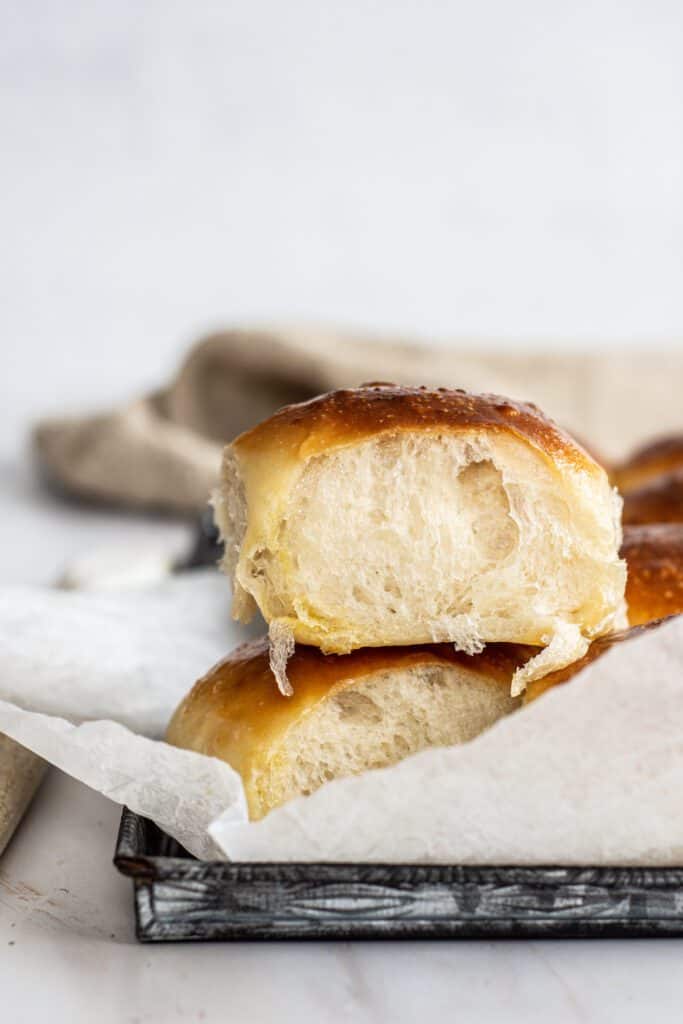
The ingredients
Here are the ingredients needed in these sourdough rolls. The amounts are listed in the recipe card at the bottom of this post.
- Active sourdough starter
- All-purpose flour with at least 11% protein
- Granulated sugar or soft brown sugar
- Salt
- Water
- Whole milk
- Butter can be salted butter or unsalted butter
- Egg (for the egg wash on the tops of the dough)
The flour
All-purpose flour is used for this sourdough roll recipe, one with a protein level of around 11%. The protein amount in all-purpose flour changes depending on the brand, and so does the name of the flour.
A white bread flour with protein of around 12% could also be used for a chewier bun.
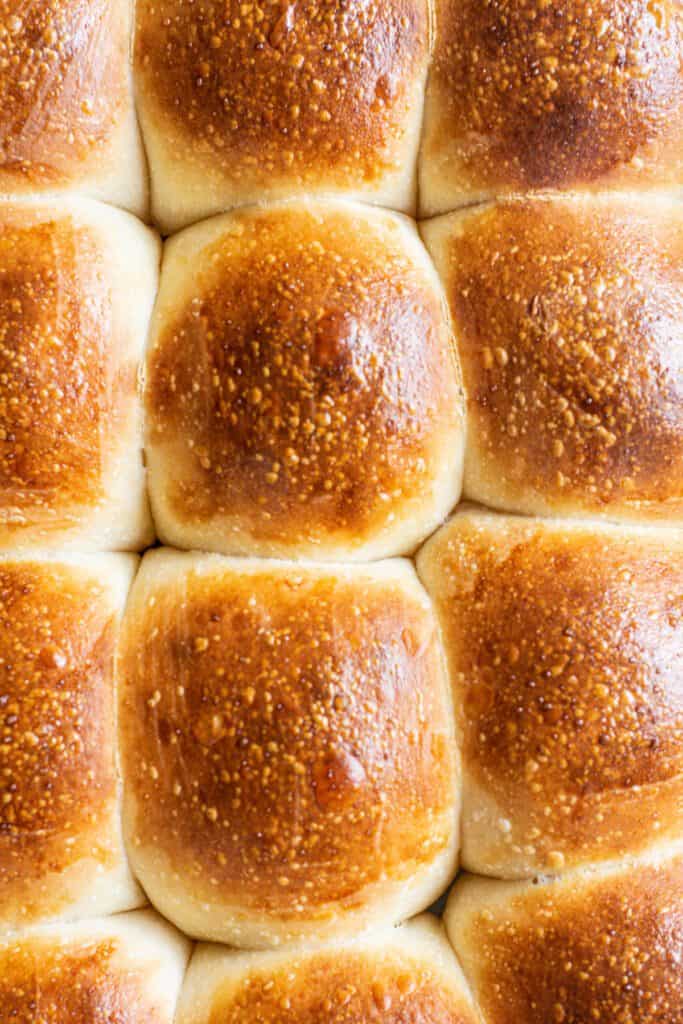
Step by step instructions
In a large mixing bowl, add flour, sugar, and salt. Add to this the water, milk, and sourdough starter and mix into a shaggy dough.
Tip this dough onto a work surface and use a slap and fold kneading method to bring the dough together. It will be sticky but kneading it will give it strength. Knead it for 5 minutes. This can also be done in a bowl of a stand mixer, fitted with a dough hook.
There is a demonstration of the slap and fold method in my sourdough pizza dough post.
Add in the cubed butter, a few cubes at a time, and knead them in. The butter is going to make it extra sticky but the dough will have some strength already from the previous kneading. Continue slap and folding for a further 6-8 minutes. The dough won’t be smooth yet but should feel much stronger.

Bulk fermentation
Add the dough to a large bowl and let the dough rest in a warm spot (ideally around 25°C/77°F) for 3-4 hours.
Perform 3-4 sets of stretch and folds during this fermenting time, one every hour. If you have a cold kitchen, you can create a warm and humid spot by placing the dough into a turned-off oven alongside a large cup of boiled water. Replace the water as needed when it cools down.
The dough should feel lighter and puffier. In a warm spot 3 hours may be enough (or even less time), but extend the ferment if it’s cooler. For best results, watch the dough and not the clock.
After this period, the dough can go in the fridge overnight (cover it so it doesn’t dry out), before shaping, or the sourdough dinner rolls can be shaped straight away.
Shaping sourdough rolls
Pull the dough from the bowl onto a floured work surface and cut it into 4 equal pieces. Take one piece of dough and roll it into a log. Cut each log into 4 even pieces using a bench scraper.
If you’re after really even dinner rolls, weigh the dough first so you can work out how big each piece should be.
Shape each piece into a tight ball by bringing all the edges of each dough piece into the middle, then flip it upside down so it’s seam-side facing down. Use the palms of your hands to cup the ball and spin it round and round on the bench, creating some surface tension. The dough will be sticky so use the flour you need to to ensure it doesn’t stick to you.
Place the shaped rolls into a greased 9×9 inch baking dish, or line it with parchment paper. You could also space them apart as individual rolls on a baking sheet, but they won’t be pull-apart rolls.
Leave the sourdough rolls to have their final rise, for 3-4 hours in a warm spot (ideally around 25°C/77°F) until doubled in size. The rise time can be longer or shorter depending on the dough temperature.
You can create a warm and humid spot by placing the dish into a turned-off oven alongside a large cup of boiled water.
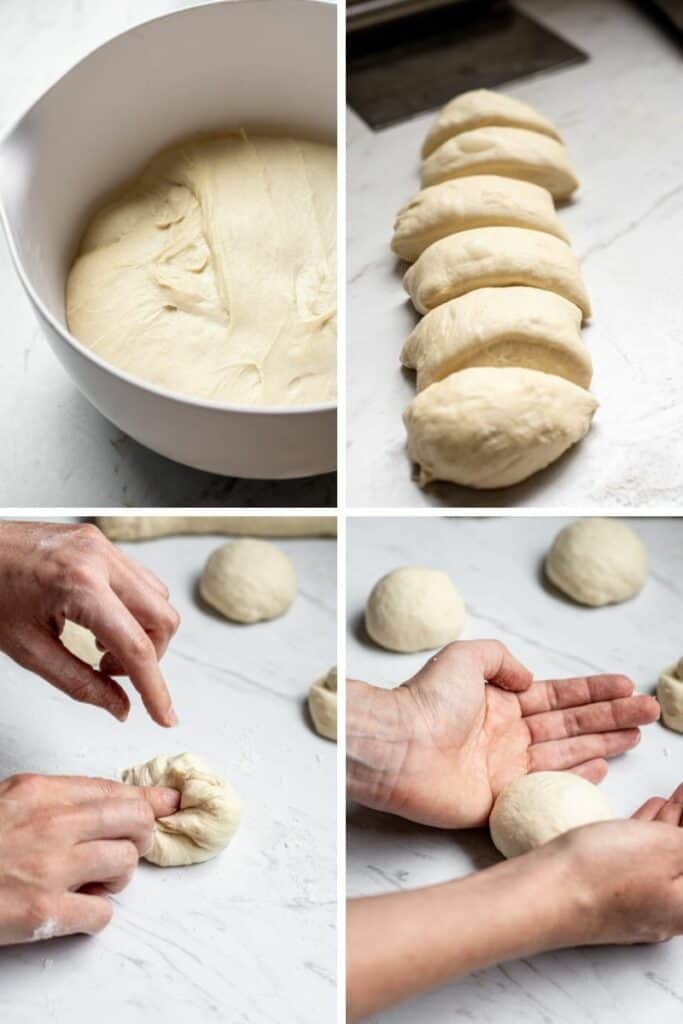
Baking
Whisk together the egg and water for the egg wash. Brush the top of the rolls with egg wash and bake until puffed and brown.
After baking brush the warm dinner roll tops with melted butter. This melted butter creates a soft crust and gives extra flavor.
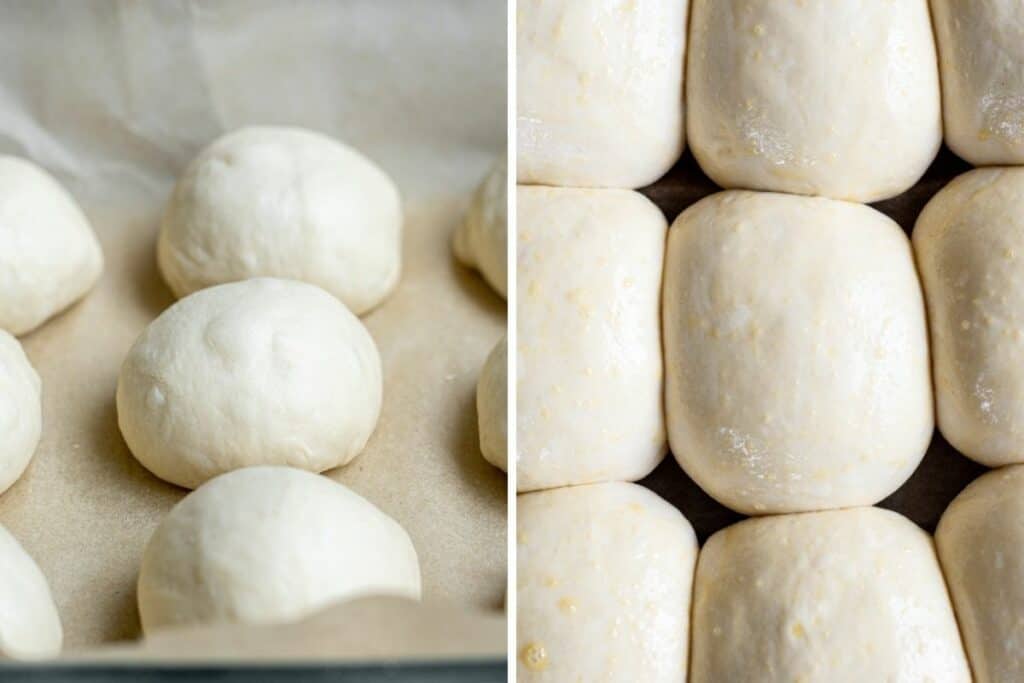
Serving and storing
Let the buns cool a little bit before serving. These are great rolls to serve alongside dinner, whether it be soups, pasta, or stews, or use them to make sandwiches instead of sourdough sandwich bread.
The dinner rolls can be stored in an airtight container at room temperature for up to 3 days. Alternatively, they can be frozen for up to three months.
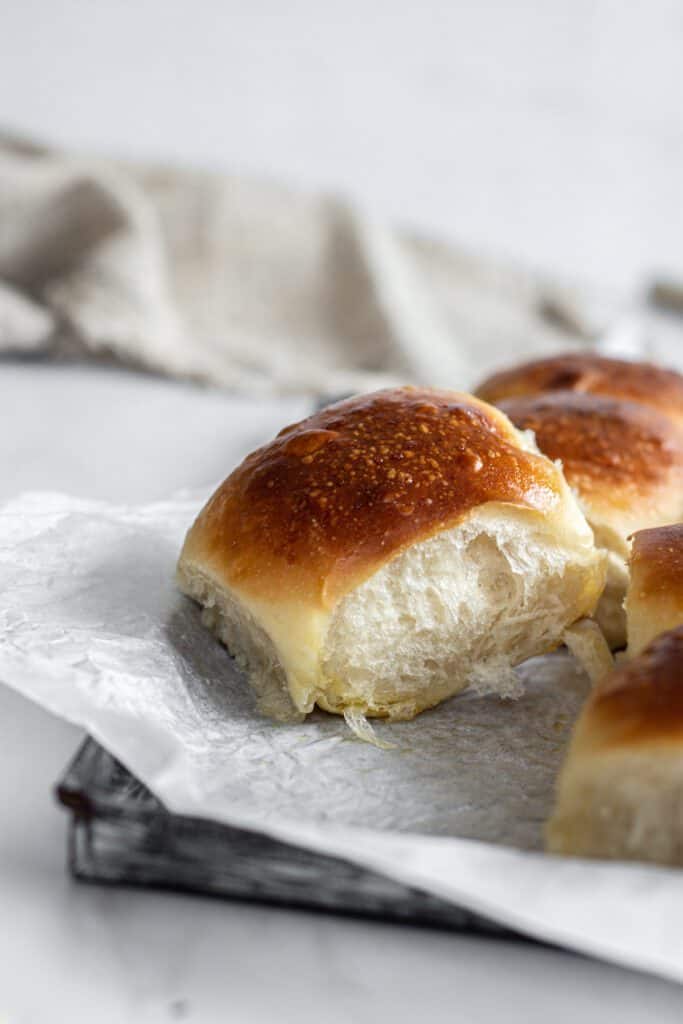
Related recipes
Looking for other bread recipes? Try this sourdough ciabatta or sourdough croissants!

Fluffy Sourdough Dinner Rolls
A recipe for soft and fluffy sourdough dinner rolls. They're so easy to make without a mixer!
Ingredients
Starter*
- 15g starter
- 60g all-purpose flour
- 60g water
Dough
- 440g all-purpose flour with at least 11% protein
- 25g sugar
- 9g salt
- 160g water
- 120g whole milk
- 120g active starter
- 57g unsalted butter, softened to room temperature
For Brushing
- 1 egg
- 1 Tbsp water
- 2 Tbsp melted butter (for brushing)
Instructions
The evening before
- In a bowl, mix all the starter ingredients until well combined. Scoop the mixture into a clean jar covered with a loose lid and leave it to double overnight.
The following day
- Mix the flour, sugar, and salt in a large bowl. Add to this the water, milk, and sourdough starter and mix into a shaggy dough.
- Tip this dough onto a workbench and use a slap and fold kneading method to bring the dough together. It will be sticky but kneading it will give it strength. Knead it for 5 minutes. Slap the dough down, and fold it over. Repeat this movement quickly.
- Add in the cubed butter, a few cubes at a time, and knead them in. The butter is going to make it extra sticky but the dough will have some strength already from the previous kneading.
- Continue slap and folding for a further 6-8 minutes. The dough won't be smooth yet but should feel much stronger.
- Add the dough to a bowl and let it bulk ferment in a warm spot (ideally around 25°C/77°F) for 3-4 hours. Perform 3-4 sets of stretch and folds during this fermenting time, one every hour. You can create a warm and humid spot by placing the dough into a turned-off oven alongside a large cup of boiled water. Replace the water as needed when it cools down.
- The dough should feel lighter and puffier. In a warm spot 3 hours may be enough, but extend the ferment if it's cooler.
- Optional Overnight cold ferment - At this point, the dough can also be refrigerated overnight, then shaped and risen in the morning.
Shaping sourdough rolls
- Pull the dough from the bowl onto a floured workbench and cut it into 4 pieces. Roll each piece into a log and cut each log into 4 pieces so there are 16 in total.
- If you're after really even dinner rolls, weigh the dough first so you can work out how big each piece should be.
- Shape each piece into a tight ball by bringing all the edges of each dough piece into the middle, then flip it upside down so it's seam-side facing down. Use the palms of your hands to cup the ball and spin it round and round on the bench, creating some surface tension. The dough will be sticky so use the flour you need to to ensure it doesn't stick to you.
- Place each ball into a lined 9x9"' baking dish
- Leave the dough balls to bulk out for 3-4 hours in a warm spot (ideally around 25°C/77°F) until doubled in size.
- You can create a warm and humid spot by placing the dish into a turned-off oven alongside a large cup of boiled water. Replace the water if it cools down.
Baking
- Preheat the oven to 200°C/392°F.
- Whisk together the egg with the water. Brush the tops of the rolls with egg wash.
- Bake the rolls for around 25 minutes until puffed and deep brown.
- After baking, brush the warm dinner roll tops with melted butter.
Notes
* In a cooler kitchen the starter can be fed overnight at 1:3:3 (20g starter, 60g flour, 60g water).
Recommended Products
As an Amazon Associate, a Mighty Ape affiliate and member of other affiliate programs, I earn from qualifying purchases.
Nutrition Information:
Yield: 12 Serving Size: 1 gramsAmount Per Serving: Calories: 223Total Fat: 7gSaturated Fat: 4gTrans Fat: 0gUnsaturated Fat: 2gCholesterol: 32mgSodium: 320mgCarbohydrates: 33gFiber: 1gSugar: 2gProtein: 7g
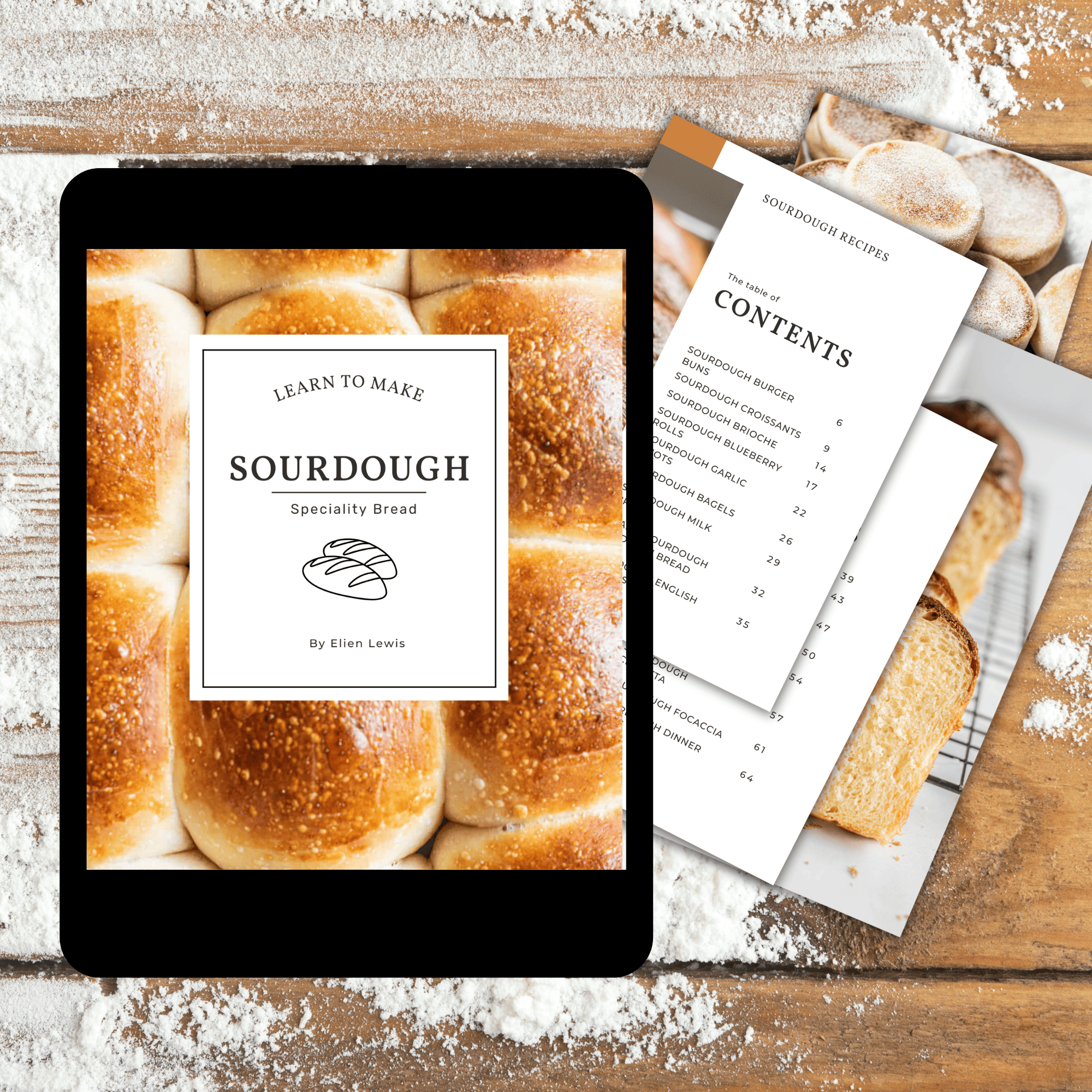



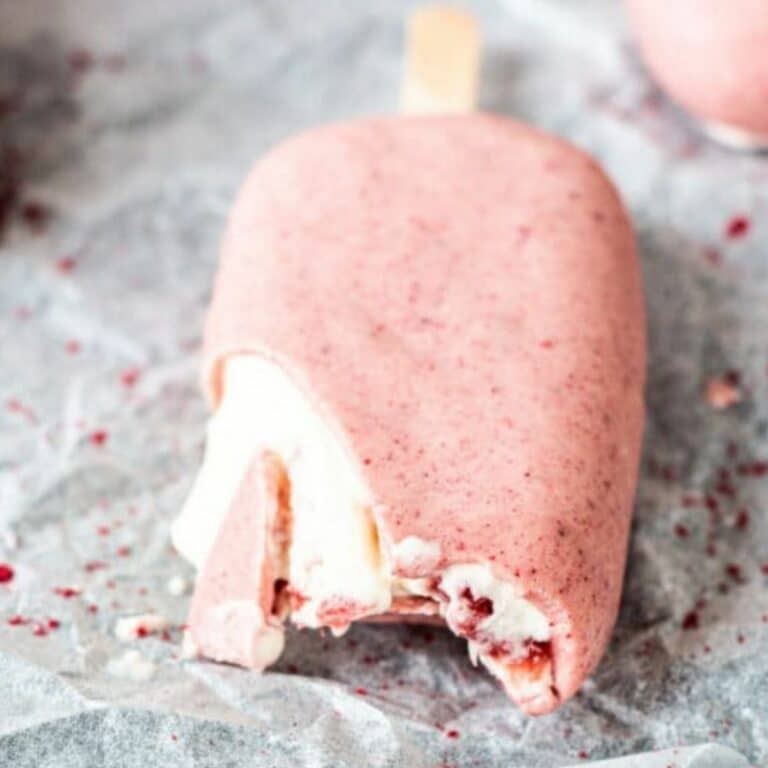

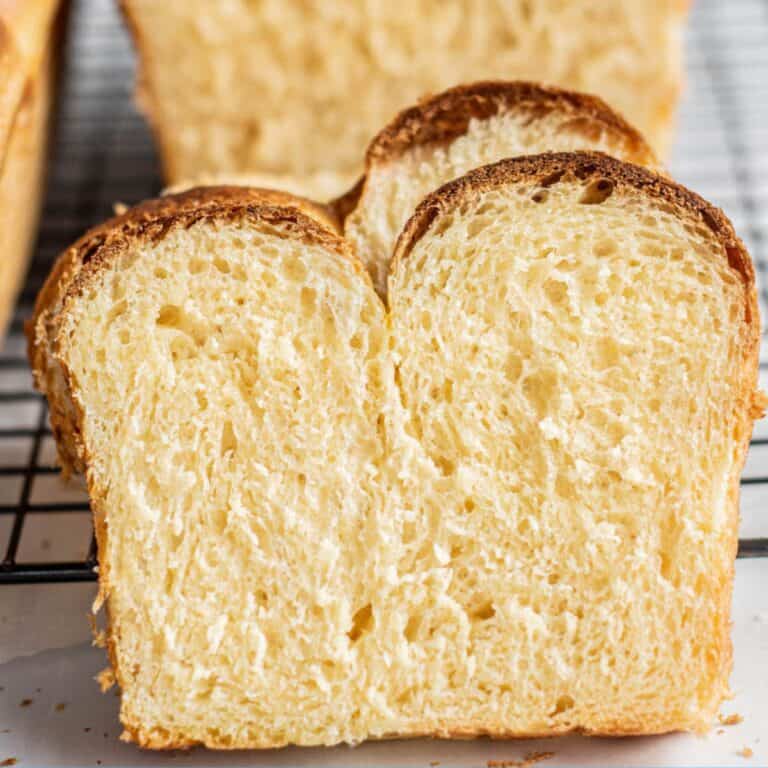
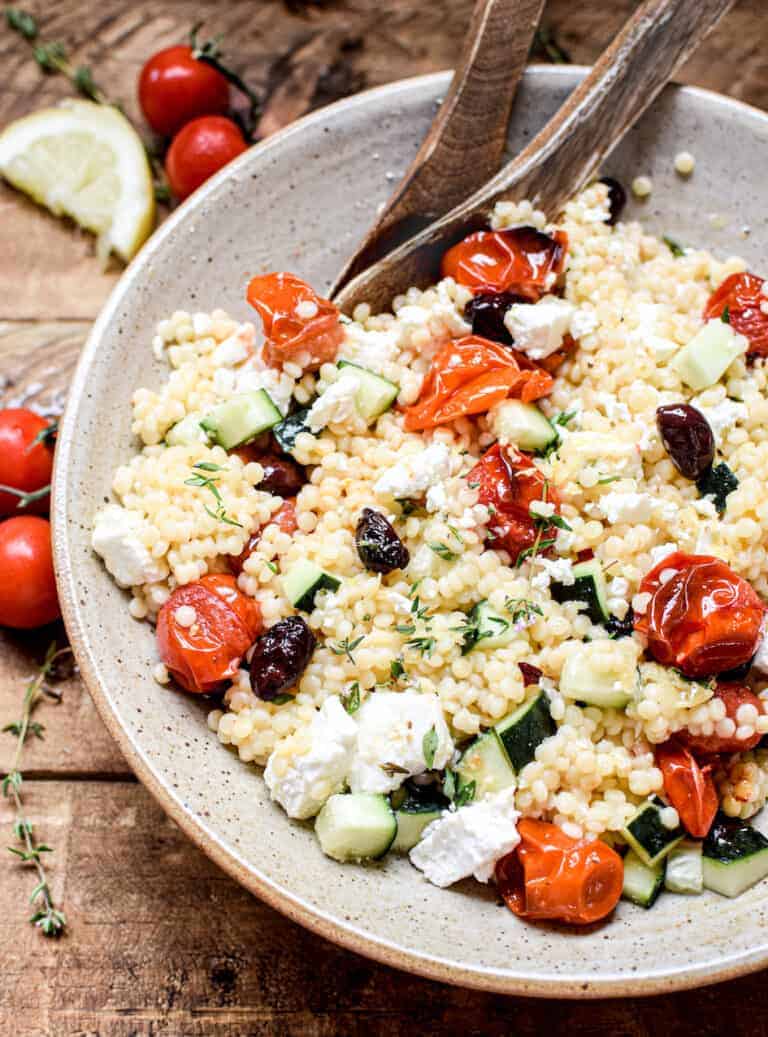
These are absolutely delicious! I found them quite easy to make too and have a pretty good feeling that these will be a regular bake in our household. They are so soft and tasty and a crowd pleaser when feeding friends or family.
So pleased you loved them 😊
I do not have corn starch at home. Can I use potato starch? Thanks.
Yup! 😊
This were so delicious. I am making them again tomorrow but I am going to make 16 rolls instead of 8. They were very large.
I’m so happy you loved them!
I made this recipe today.. stunning!! Super soft and the taste of the sourdough 😋. Thanks 😊..
pd: I guess I’m a fan of your recipes. Made too the croissant recipe. Total hit!
Thank you Mireille! So glad you love the recipes 😁
This recipe makes really nice soft dinner rolls. A lovely departure from the crusty sourdough loaves I have been baking.
I skipped the brushing with milk before baking but did brush the rolls with melted butter once they were out of the oven. Rolls came out a lovely golden brown.
Three of the rolls were devoured before dinner, and rest quickly disappeared during dinner. I think it is safe to say that I will be making these again!
Hello!
Is cornstarch the same as cornflour?? Also have you tried flavours into these? If so, at what stage? Thank you!
Hey it is the same as cornflour 😊. I haven’t yet but I encourage you to give them a go! I would add flavours such as spices or chopped nuts etc in at the same time as the rest of the ingredients before kneading.
Hi Elien,
Thank you for your work! I have already made ciabatta following your recipe, and it’s turned out great!
Can cinnamon rolls be made with this dinner rolls recipe? Or what would you add to the dough if you were going to make cinnamon rolls with it?
Hey that’s great! I use my sourdough brioche dough to make cinnamon rolls. However if you were wanting to use the dinner roll dough, I would perhaps add an egg to enrich it a little more (and decrease the water a bit as needed)
Hi, is it possible to leave out on the counter longer? I’m looking to keep it out at least 12 hours or more. It helps my belly 🙂
Hey, yeah you could leave it out a bit longer on day one before the fridge proof 🙂
Can I use a filling in these rolls? Should it be added in before the overnight fermentation?
Hi Thankyou for the recipes they are fabulous. I’m trying to go sugar free, do you think it will matter not adding the sugar or is this needed for fermentation? Thanks
Hey thank you! The sugar is just for flavour in this recipe so you can leave it out 🙂
Hi, Elien. I have made the rolls twice. The first time they came out lovely and soft with great flavour — though a little too salty because I followed the salt measurement in the video. My second attempt was not as successful. I don’t think it was the recipe; could have been my starter or my proofing. They were not as flavourful and had a dense crumb.
Nonetheless, I am ready to bake a third time and was wondering if I could make this into a sandwich loaf…?
Hey yes this could be made into a sandwich loaf 🙂
Can these be frozen?
Hi there, I’m just wondering where you got your glass jar from for storing your sourdough please?
What a great recipe! I love your thorough but simple baking options. I made one a couple of other SD roll recipes and this one is by far the best! Soft, fluffy and delicious without a lot of complicated steps! Thank you. Trying the garlic knots next 😉
Hi, I have this dough bulk rising right now, so excited for fresh rolls this evening! I have a question, not sure if you’ll see this in time but do you actually put 16 rolls in a 9” square pan? Or do you divide them between two pans? In the pictures it doesn’t look like it’s all in one pan but I can’t see for sure, that just seems like a lot! Thanks, Erica
Hey Erica, I put all 16 in the pan to rise snuggly together. You can split them over different pans if you want though 🙂